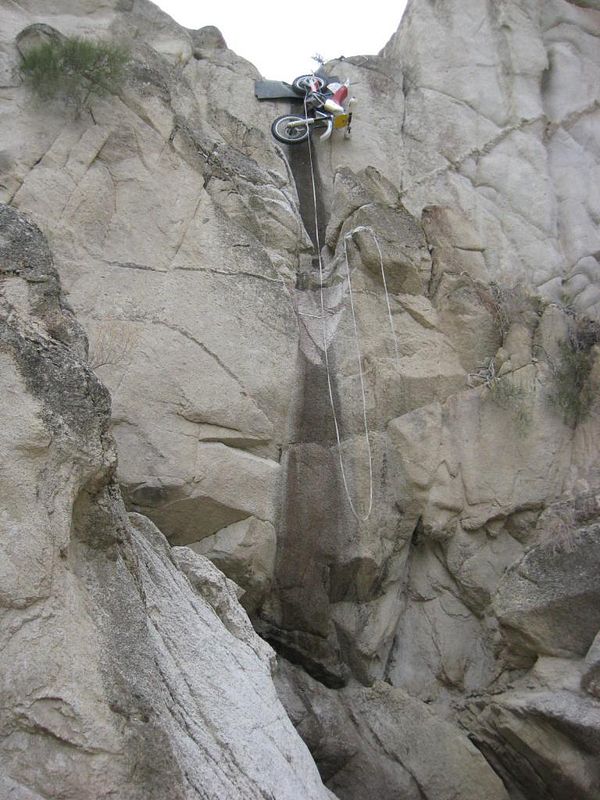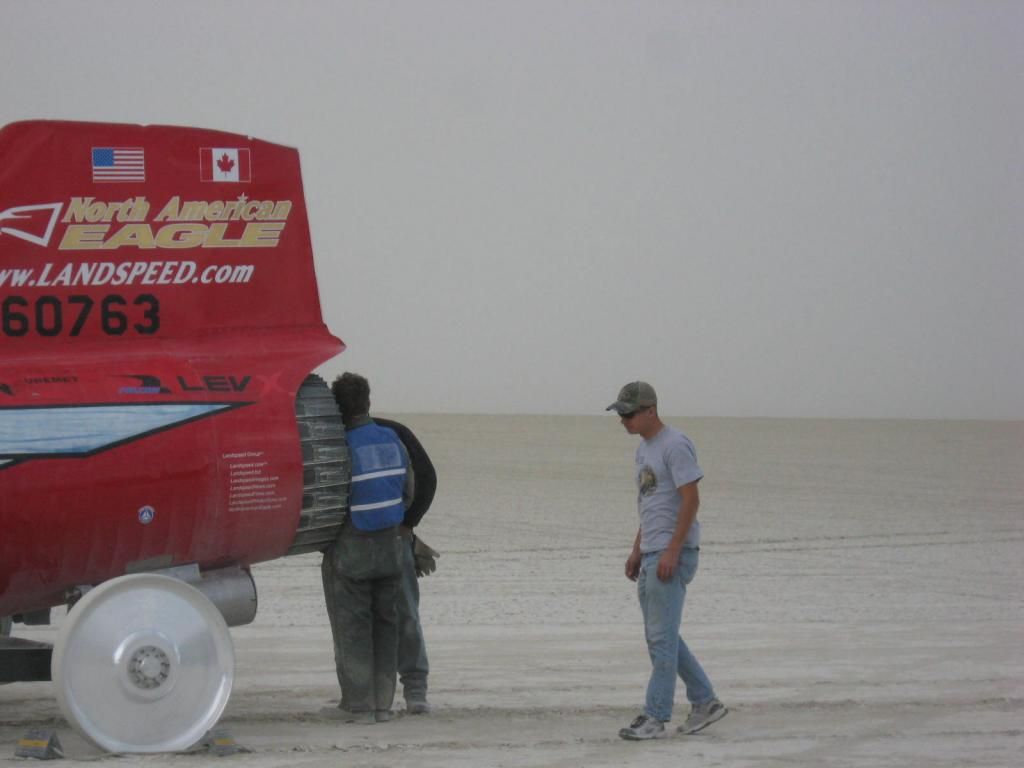blackjack2564
Crazy Jim's Gone Banana's
:y: What are they? Which one do I need? When do I really need to start using one? :wink:
There has been a major interest in trackers & GPS in the last year or so. Many of us are getting older & visual means just aren't working anymore. Along with that there are many minimum diameter projects & extreme high altitude flights going on also.
Many of us are flying bigger & higher than ever before.[as a group] I've seen a major uptrend in them everywhere I go, seems like their use is growing exponentially.
I thought I would start a discussion on how to use them to their best potential. I am by no means a "professional know all the answers" person, but have had an exceptional track record with the type I use. Comm-Spec & Marshall.
With all the expense of rockets these days.....electronics, rocket itself, recovery gear, motor hardware.... the initial expense of tracking gear becomes small when compared to the cost of a lost rocket or 2!
What say you?
Do we have a serious interest in this? Enough to make all my slow typing worth the effort.LOL
Buying .........Mounting........Using........shall be the topics at hand.
Questions by all means are expected and welcomed!
I would like to make this a learning experience for all of us & invite any that use them to participate and share their experiences & photos. Detailed stories of some of my more interesting hunts [& yours I hope] will be included. For now my experience is in RF tracking, hopefully very soon, later this season, I will gain GPS experience with the new MissleWorks unit. For now I have zip in that arena & count on other using them to participate.
I must first thank Tim Lehr for twisting my arm into buying one & initially showing me the ropes many, many moons ago. Thanks buddy!
I will begin tomorrow at our launch, by taking pics of how I mount mine, where I mount them & why, along with some actual pics of them in use & being found.
But for now this PDF is a MUST read for anyone serious about going on "the hunt".
It was the first thing I read about using them that had serious info in it & really helped me hone my skills. I have found many a hopelessly lost rocket, given up for dead by my rocket buddies, hours after they had given up....even days later, in my 7 years of using them.
In fact going "on the hunt" has become one of the more enjoyable aspects of flying for myself & buddies. When you actually find "it" the rush is immense [for us anyhow] and we usually celebrate as part of the ritual. Much more fun & enjoyable for ya when you have some one helping. We usually fly in pairs.....then retrieve in pairs. Sometimes even flying 2 rockets each, the getting all 4 at once.
Download this and keep it handy for reference! It was written by Sue McMurray and contains valuable insights. Great way to kick off our discussion:wink:
Even though written for Walston, the info is pertinent for ANY beeping type unit made.
View attachment WalstonTipsAndTricksBySueMcMurray.pdf
There has been a major interest in trackers & GPS in the last year or so. Many of us are getting older & visual means just aren't working anymore. Along with that there are many minimum diameter projects & extreme high altitude flights going on also.
Many of us are flying bigger & higher than ever before.[as a group] I've seen a major uptrend in them everywhere I go, seems like their use is growing exponentially.
I thought I would start a discussion on how to use them to their best potential. I am by no means a "professional know all the answers" person, but have had an exceptional track record with the type I use. Comm-Spec & Marshall.
With all the expense of rockets these days.....electronics, rocket itself, recovery gear, motor hardware.... the initial expense of tracking gear becomes small when compared to the cost of a lost rocket or 2!
What say you?
Do we have a serious interest in this? Enough to make all my slow typing worth the effort.LOL
Buying .........Mounting........Using........shall be the topics at hand.
Questions by all means are expected and welcomed!
I would like to make this a learning experience for all of us & invite any that use them to participate and share their experiences & photos. Detailed stories of some of my more interesting hunts [& yours I hope] will be included. For now my experience is in RF tracking, hopefully very soon, later this season, I will gain GPS experience with the new MissleWorks unit. For now I have zip in that arena & count on other using them to participate.
I must first thank Tim Lehr for twisting my arm into buying one & initially showing me the ropes many, many moons ago. Thanks buddy!
I will begin tomorrow at our launch, by taking pics of how I mount mine, where I mount them & why, along with some actual pics of them in use & being found.
But for now this PDF is a MUST read for anyone serious about going on "the hunt".
It was the first thing I read about using them that had serious info in it & really helped me hone my skills. I have found many a hopelessly lost rocket, given up for dead by my rocket buddies, hours after they had given up....even days later, in my 7 years of using them.
In fact going "on the hunt" has become one of the more enjoyable aspects of flying for myself & buddies. When you actually find "it" the rush is immense [for us anyhow] and we usually celebrate as part of the ritual. Much more fun & enjoyable for ya when you have some one helping. We usually fly in pairs.....then retrieve in pairs. Sometimes even flying 2 rockets each, the getting all 4 at once.
Download this and keep it handy for reference! It was written by Sue McMurray and contains valuable insights. Great way to kick off our discussion:wink:
Even though written for Walston, the info is pertinent for ANY beeping type unit made.
View attachment WalstonTipsAndTricksBySueMcMurray.pdf
Last edited:






 hahahaha I'll let Jim tell the Story, Dam long ass shock cords.
hahahaha I'll let Jim tell the Story, Dam long ass shock cords.


